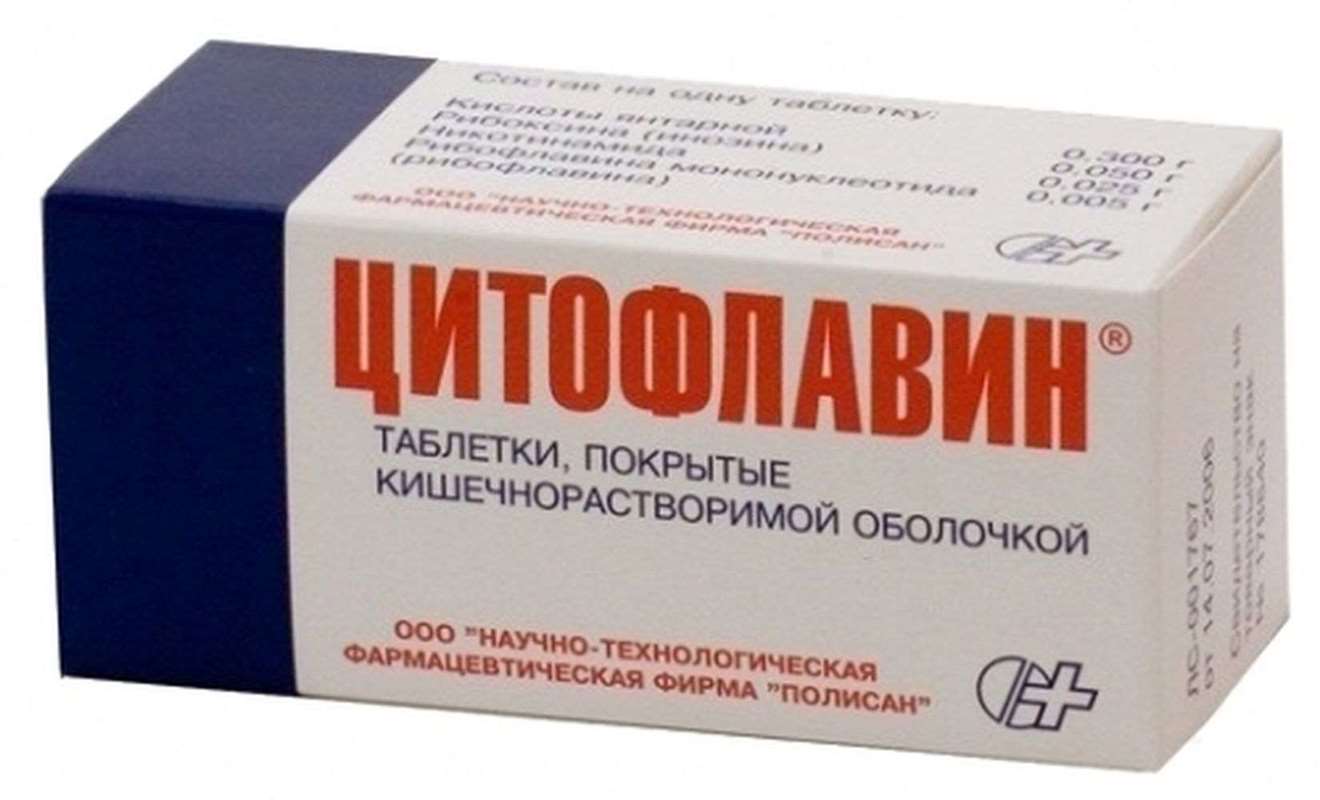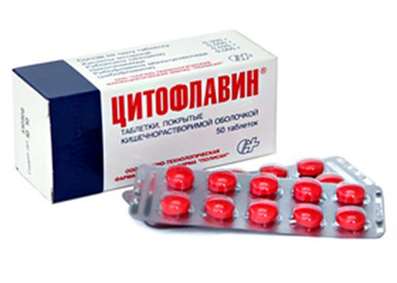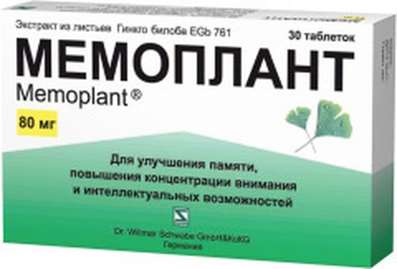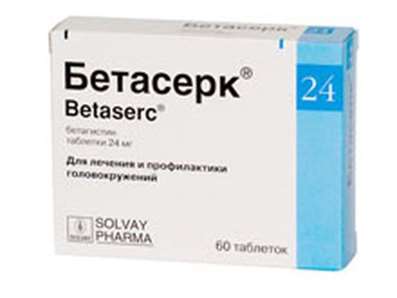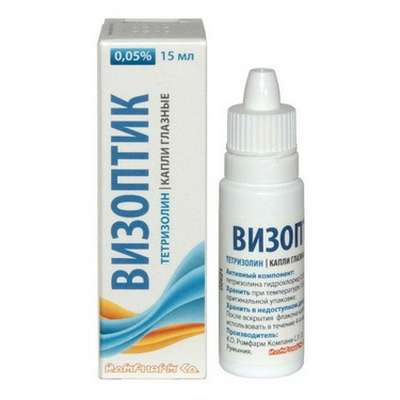Pharmacological effects are caused by the combined action of a part of the drug Cytoflavin components.
Cytoflavin (Inosinum + Nicotinamidum + Riboflavinum + Acidum succinicum, Inosine + Nicotinamide + Riboflavin + Acid Succinic) - activation promotes aerobic metabolism of cells, resulting in increased levels of glucose utilization contributes to an increased level of fatty acid beta-oxidation and resynthesis γ-aminobutyric acid in neurons.
Cytoflavin increases the stability of the membranes of nerve and glial cells to the effects of ischemia, resulting in a decrease in the concentration of proteins neurospecifical characterizing the level of degradation of the main structural components of the nervous tissue.
Cytoflavin improves coronary and cerebral blood flow, activates metabolic processes in the central nervous system, restores impaired consciousness, promotes regression of neurological symptoms and improving cognitive functions of the brain. It has a rapid awakening effect in postanesthetic oppression of consciousness.
In applying the drug Cytoflavin in the first 12 hours after the onset of stroke observed beneficial for ischemic and necrotic processes in the affected area (reduction of the hearth), recovery of neurological status and reduction of disability in the long term.
Pharmacokinetics:
Citoflavin has high bioavailability.
Succinic acid ingestion penetrates from the gastrointestinal tract into the blood and tissue reactions taking part in energy metabolism and is completely degraded to end products of metabolism (carbon dioxide and water) after 30 minutes.
Inosine is well absorbed from the gastrointestinal tract. The time to reach maximum blood concentration - 5 hours average residence time in the blood - 5.5 hours, the equilibrium distribution of volume of about 20 liters. Inosine is metabolized in the liver to form inosine monophosphate, followed by its oxidation to uric acid. In small quantities excreted by the kidneys.
Nicotinamide is rapidly distributed in all tissues (the equilibrium volume of distribution of approximately 500 liters). The time to reach maximum blood concentration - 2 hours, the average retention time in the blood - 4.5 hours. Nicotinamide crosses the placenta and breast milk; metabolized in the liver with the formation of N-methylnicotinamide, excreted by the kidneys.
Riboflavin is rapidly absorbed from the gastrointestinal tract, unevenly distributed (the highest number in the myocardium, liver, kidney), is transformed into flavinadeninmononukleotid (FMN) and flavin adenine dinucleotide (FAD) in the mitochondria. It penetrates through the placenta and breast milk; excreted by the kidneys, mainly as metabolites.
Testimony:
In adults in the treatment of:
- acute stroke.
- The effects of cerebrovascular disease (the effects of cerebral infarction, cerebral atherosclerosis).
- toxic and hypoxic encephalopathy in acute and chronic poisoning, endotoxemia, postanesthetic oppression of consciousness, as well as for the prevention and treatment of hypoxic encephalopathy during cardiac surgery with cardiopulmonary bypass.
In children (including preterm gestation 28-36 weeks) in combination therapy in the neonatal period:
- cerebral ischemia.
Contraindications:
Hypersensitivity, patients who are on mechanical ventilation, while reducing the partial pressure of oxygen in arterial blood is less than 60 mm Hg. Art., the period of breastfeeding.
Be wary - nephrolithiasis, gout, hyperuricemia.
Side effects:
Headache, pain or discomfort in the epigastric region. Allergic reactions such as skin redness and itching. Adverse reactions include: transient hypoglycemia, hyperuricemia, gout exacerbation of concomitant.
If any of these instructions side effects are compounded or you notice any other side effects not mentioned in the instructions, inform your doctor.
Suggested Use:
Inside of 2 tablets 2 times a day with an interval between receptions of 8-10 hours. Tablets should be taken at least 30 minutes before a meal, without chewing, washing down with water (100 ml).
It is recommended taking the drug in the morning and day time (within 18 hours).
The duration of treatment of 25 days. Purpose of the course may repeat at intervals of not less than 1 month.
Packaging:
- Comes in original packaging. Item is brand new and unopened.
Storage:
- Keep away from direct sunlight.
- Keep locked and away from children.
- Store in dry place at room temperature.
- Do not exceed storage temperature higher than 25 C
Important notice- the outer box design may vary before prior notice!

 Cart
Cart
